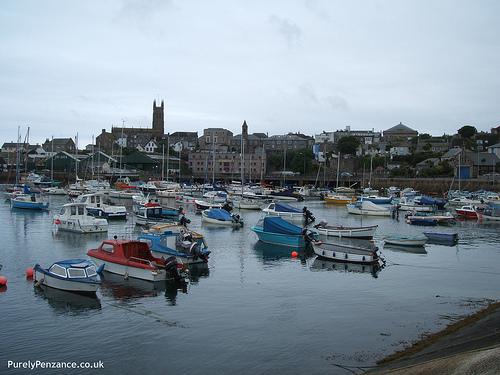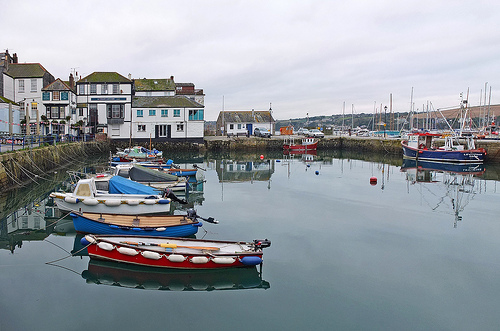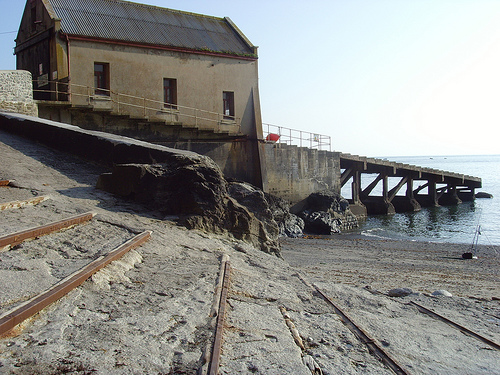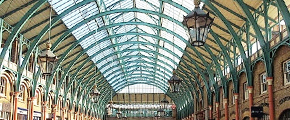If you are looking for a little adventure without endangering your budget, going on a road trip is a good choice. It’s a great way of exploring the places you want to see without the strain of longer layovers, fuller flights, security lines, and baggage surcharges. And what better place to go on a road trip than to Cornwall!
Bordered to the north and west by the Celtic Sea, Cornwall forms the westernmost part of the south-west peninsula of the island of Great Britain. Nice weather, splendid beaches, delicious food and stuff that legends are made of – all of these can be found in Cornwall. In this post, we’ll help you lay out the best route for going on a road trip to Cornwall. So pack your gear, hire a car from Enterprise and set off on a fun adventure to the Cornish countryside.
St Ives You can start your road trip on the seaside town of St Ives. Awarded the ‘Best UK Seaside Town’ from the British Travel Awards in both 2010 and 2011, St Ives offers great sandy beaches for relaxing and surfing, a world renowned art colony plus galleries to browse, bars to relax in and cafés and restaurants to suit every taste and pocket for eating out. And while you are there, don’t forget to sample some Cornish real ale!
Land’s End Continue to head south until you reach the end of the world at Land’s End. Composed of granite cliffs carved out by the waves from Atlantic Ocean, Land’s End represents both the starting and ending points of the longest journey in Great Britain, Land’s End to John O’Groats. Consequently, it is known as “The First and Last”, due to its position at the extremity of the UK. It is also the connecting point of the Northern and Southern sections of Cornish Coastal Footpath, the centerpiece of the longest continuous footpath in Britain covering the coast from Poole Harbour and Dorset to Somerset and the Bristol Channel with over 500 miles in all.
Penzance An eight-mile drive from Land’s End is the coastal port of Penzance. Known for its varied and interesting history, this most westerly major town in Cornwall is increasingly attracting those interested in ‘Cultural Tourism’ because of its long association with the arts. Throughout the town, there are numerous examples of Regency and Georgian Architecture. And if ever you are going on a road trip to Cornwall at end of June, drop by at Penzance and celebrates the Golowan Festival – a festival is part revival of ancient midsummer customs practiced in the region and part arts festival.
St. Michael’s Mount St. Michael’s Mount is a three-mile drive east from Penzance, a tidal island that that can be access by a man-made causeway of granite setts, passable between mid-tide and low water. In the island, you can find a medieval castle containing relics, chiefly armor and antique furniture, a sub-tropical paradise and tons of history and legends to go along with it.
Lizard Peninsula Continue following the coast down to the Lizard peninsula, home of the best pasties in Cornwall. Locally known as The Lizard, the peninsula has been designated as an Area of Outstanding Natural Beauty and the site of 15 of Britain’s rarest plant. With the sea on three sides and the Helford River to the north the Lizard Peninsula is almost an island, a high plateau surrounded by the sea, with numerous hidden little coves and beaches.
Falmouth Heading back north, visit the town of Falmouth. Famous for its third deepest natural harbour in the world, be sure to drop by at the National Maritime Museum and learn about Cornwall’s maritime heritage, with displays of boats of all size, archives, and pieces of art. Falmouth is also known for its Georgian town houses converted into guest houses and small hotels, often overlooking one of the beaches.
St. Austell St. Austell is the largest town in Cornwall, located 25 miles northeast of Falmouth and home of the Eden Project. The project is situated in a reclaimed Kaolinite pit and dominated by two huge enclosures consisting of adjoining domes that house thousands of plant species, and each enclosure emulates a natural biome.




 Getting a Bamboo Tattoo in Thailand
Getting a Bamboo Tattoo in Thailand 1 Year Living in Bangkok
1 Year Living in Bangkok  Packing List Revisited 2013
Packing List Revisited 2013  Tiger Kingdom, Chiang Mai, Thailand
Tiger Kingdom, Chiang Mai, Thailand  Covent Garden, London, UK
Covent Garden, London, UK 

{ 0 comments… add one now }